Content-first Website Design: Enhancing User Experience and SEO
In today’s digital landscape, a Content-first website design plays a pivotal role in determining its success.
The traditional approach of focusing solely on aesthetics has evolved into a more holistic strategy known as the content-first website design approach.
This approach prioritizes content creation and organization, ultimately leading to improved user experience and higher search engine rankings.
In this article, we delve into the intricacies of this methodology, exploring its benefits, key components, and implementation strategies.
The Significance of Content-First Design
1. User-Centric Experience
One of the primary advantages of adopting a content-first approach is the emphasis on user-centric design.
By placing content at the forefront, designers can better understand the needs and preferences of the target audience.
This leads to the creation of a seamless, intuitive browsing experience that keeps visitors engaged and encourages them to explore further.
Additionally, a content-first approach helps prioritize the organization and structure of information.
By starting with the content and its intended message, designers can determine the most effective way to present and organize information for maximum impact and clarity.
Another advantage of a content-first approach is the ability to create more focused and strategic designs.
By understanding the content and its purpose, designers can make informed decisions about layout, typography, and visual elements that enhance the message and overall user experience.
Furthermore, a content-first approach facilitates responsive design.
With a clear understanding of the content and its hierarchy, designers can create designs that adapt well to different screen sizes and devices, ensuring a consistent and user-friendly experience across platforms.
By focusing on content first, designers can also better optimize their designs for search engines.
By understanding the keywords and topics important to the target audience, designers can incorporate them strategically into the design, improving the website’s visibility and ranking in search engine results.
Overall, a content-first approach leads to more effective and user-centric designs, improved organization of information, responsive designs, and better search engine optimization.
2. Enhanced SEO Performance
Search engines give priority to websites that offer useful, relevant content.
By structuring the design around content creation, you’re inherently aligning with SEO best practices.
Properly organized, high-quality content not only attracts organic traffic but also signals to search engines that your site is a valuable resource in your industry or niche.
This can result in higher search engine rankings, increased visibility, and more potential customers finding your website.
Here are some key factors to consider when structuring your website for SEO:
1. Relevant and engaging content: Create informative, engaging, and original content that caters to the needs of your target audience. Use relevant keywords naturally throughout your content to help search engines understand the relevance of your website.
2. User-friendly design: Ensure your website design is user-friendly and easy to navigate. Intuitive menu structures, clear headings, and well-organized content make it easier for both users and search engines to understand your site.
1. Keyword research: Find out what your target audience is searching for with keyword research. Put these keywords in your content, headings, page titles, and meta descriptions to make your website more visible in search results.
4. Mobile optimization: With the majority of internet users accessing websites through mobile devices, it is essential to have a mobile-responsive design. Search engines prioritize mobile-friendly websites, so optimize your site for mobile devices to improve your search engine rankings.
5. Site speed: Ensure your website loads quickly as search engines prioritize fast-loading sites. Optimize images, minify code, use caching, and consider a reliable hosting provider to improve your site’s speed.
6. Internal linking: Create a logical internal linking structure by linking relevant pages of your website together. This helps search engines navigate and understand the content hierarchy while also improving user experience.
7. External linking: When appropriate, include links to reputable external websites in your content. This shows search engines that you provide valuable information and resources within your industry or niche.
8. Meta tags optimization: Optimize your meta tags, including title tags and meta descriptions, to accurately describe the content on your web pages. These tags appear in search results and impact click-through rates.
9. Schema markup: Implement schema markup to provide additional information about your content to search engines. This can enhance the visibility of your website in search results with rich snippets, such as star ratings, reviews, and product details.
3. Efficient Resource Allocation
A content-first approach encourages a more efficient allocation of resources.
Instead of expending time and effort on elaborate design elements that may not contribute significantly to user experience, resources are directed towards creating compelling, informative content.
This not only streamlines the design process but also maximizes the impact of your website.
By prioritizing content, you ensure that your website delivers real value to visitors.
Users come to your website to find information, solve a problem, or be entertained.
If your content is lacking, no amount of fancy design or visual effects can make up for it.
By focusing on content first, you ensure that you have something worthwhile to offer to your audience.
Additionally, creating content first allows you to better understand the needs and goals of your target audience.
Through research and analysis, you can identify the type of content that resonates with your audience and aligns with their interests.
This knowledge can then inform your design decisions and help you create a website that is tailored to the needs of your users.
Furthermore, a content-first approach saves time and resources by eliminating the need for constant redesigns.
When design takes precedence over content, there is a higher chance of making changes to the design based on personal preferences or trends.
This can result in a website that is visually appealing but lacks substance.
By starting with content, you can ensure that your design decisions are based on the needs of your users and are more likely to be effective in achieving your goals.
Finally, a content-first approach maximizes the impact of your website by prioritizing user experience.
Content is what attracts and engages users, and a positive user experience is essential for achieving your website’s objectives.
By focusing on content first, you can optimize the layout, structure, and functionality of your website to enhance user engagement and satisfaction.
Key Components of Content-First Design
1. Comprehensive Content Strategy
A well-defined content strategy serves as the foundation of a content-first design.
It involves conducting thorough research to identify target keywords, topics of interest, and the needs of the audience.
This information informs the creation of a content calendar and guides the production of high-quality, relevant content.
A well-defined content strategy begins with conducting thorough research to identify target keywords, topics of interest, and the needs of the audience.
This research helps determine what kind of content will resonate with the target audience and attract organic traffic from search engines.
Once the research is complete, the next step is to create a content calendar.
This calendar outlines the topics, formats, and publishing schedule for the content.
It helps ensure that there is a consistent flow of content that aligns with the goals of the business and the needs of the audience.
The creation of high-quality, relevant content is guided by the information gathered during the research phase.
This content should provide value to the audience, answer their questions, or solve their problems.
It should be well-written, easily understandable, and formatted in a way that is appealing to the target audience.
By following a well-defined content strategy, businesses can ensure that their content is purposeful, impactful, and effective in achieving their goals.
It helps create a content-first design approach, where the content is prioritized, and the design is built around it.
This approach ensures that the design elements support the content, rather than overshadow it.
In summary, a well-defined content strategy involves thorough research, the creation of a content calendar, and the production of high-quality, relevant content. It serves as the foundation of a content-first design approach, where the design is built around the content.
2. Information Architecture
An effective content-first design requires careful consideration of information architecture.
This entails organizing content in a logical, intuitive manner, ensuring that visitors can easily navigate and find the information they seek.
Clear categorization, intuitive menus, and strategic use of internal linking contribute to a seamless user experience.
In order to create an effective content-first design, it is important to begin by understanding the goals and objectives of the website or platform.
This will help in determining the key content areas that need to be prioritized and highlighted.
By focusing on the content first, the design can then be structured to support and enhance the presentation and accessibility of that content.
Information architecture involves organizing and structuring the content in a way that is logical and intuitive for users.
This can be achieved through clear categorization and grouping of related information.
For example, if the website is for an e-commerce platform, it may be helpful to categorize products by type, brand, or price range.
Additionally, creating subcategories or sections can further refine and streamline the navigation process.
Intuitive menus are also crucial in guiding visitors through the website.
The main navigation menu should be simple and clear, allowing users to easily locate the main sections or pages of the website.
Dropdown menus or sub-menus can be used to provide additional navigation options within each section.
It is important to keep menus consistent across all pages to avoid confusion and ensure a seamless experience.
Strategic use of internal linking is another key aspect of effective information architecture.
By linking related pages or content within the website, users can easily discover and access additional relevant information.
This can be particularly beneficial for websites with large amounts of content or those that aim to provide in-depth information on various topics.
Internal linking not only enhances the user experience by providing additional resources, but it also helps with search engine optimization by improving the visibility and indexing of content.
Overall, an effective content-first design requires deliberate planning and consideration of information architecture.
By organizing content in a logical and intuitive manner, using clear categorization, intuitive menus, and strategic internal linking, visitors can easily navigate and find the information they are seeking, resulting in a positive user experience.
3. Responsive Design
In today’s mobile-centric world, a responsive design is non-negotiable.
Content-first design prioritizes mobile optimization, ensuring that the website functions seamlessly across devices and screen sizes.
This not only enhances user experience but also aligns with Google’s mobile-first indexing, a crucial factor in SEO rankings.
By adopting a content-first design approach, businesses can create a website that showcases their content effectively, regardless of the device being used.
This means that users won’t have to zoom in or out or struggle to read the text, resulting in a more enjoyable browsing experience.
Moreover, with Google’s shift towards mobile-first indexing, having a responsive design becomes even more important for maintaining a good SEO ranking.
Mobile-first indexing means that Google primarily uses the mobile version of a website’s content to rank it in search results.
If a website is not mobile-friendly and doesn’t provide a seamless experience across devices, it may be penalized in search rankings.
A responsive design ensures that the website’s layout and content adjust automatically to fit different screen sizes, eliminating the need for separate mobile and desktop versions.
This not only saves time and resources but also provides a consistent user experience across all devices.
In addition to being mobile-friendly, content-first design also focuses on presenting the most valuable content prominently.
By analyzing user behavior and preferences, businesses can identify the most important information and prioritize its visibility.
This helps users find what they’re looking for quickly and easily, leading to higher engagement and conversions.
Overall, a responsive and content-first design is essential in today’s mobile-centric world.
It not only improves user experience but also boosts SEO rankings, ensuring that businesses stay competitive and accessible to their target audience.
Implementing a Content-First Approach
1. Conduct Thorough Audience Research
Understanding your target audience is paramount in crafting content that resonates with them.
Conduct surveys, analyze user behavior data, and gather feedback to gain insights into their preferences, pain points, and information needs.
By understanding your target audience, you can tailor your content to their specific needs and interests.
Surveys are a useful tool for gathering information directly from your audience.
You can create surveys with targeted questions to gather insights into their preferences, opinions, and experiences.
Additionally, analyzing user behavior data can give you valuable insights into how your audience interacts with your content.
You can track metrics such as website traffic, click-through rates, time spent on pages, and bounce rates to understand which content resonates with your audience and which may need improvement.
Gathering feedback, either through comments, reviews, or direct communication, allows you to gain further insights into what your audience likes or dislikes about your content.
This feedback can provide valuable information on their pain points and help you create content that addresses their needs more effectively.
By using these techniques, you can gather and analyze data that can inform your content creation strategy.
This understanding will enable you to create content that resonates with your target audience and meets their information needs, leading to a stronger connection with your audience and better engagement with your content.
2. Create a Content Calendar
A well-structured content calendar provides a roadmap for content creation and publication.
It outlines topics, keywords, and publication dates, ensuring a consistent flow of valuable content.
This not only keeps your audience engaged but also provides a clear framework for search engines to index and rank your pages.
Having a content calendar in place helps establish a strategic approach to content creation and ensures that the content you publish aligns with your goals and target audience.
Here are some key benefits of a well-structured content calendar:
1. Organization: A content calendar helps you stay organized by providing a centralized location to plan, schedule, and manage your content. It allows you to see a holistic view of your content strategy, ensuring you cover various topics and maintain a balanced mix of content types.
2. Consistency: Consistency is crucial in keeping your audience engaged. By mapping out your content in advance, you can ensure a regular and consistent flow of valuable content throughout the year. This helps build trust with your audience as they know they can rely on you for fresh and informative content.
3. SEO Optimization: A content calendar enables you to plan your content around relevant keywords and topics that align with your SEO strategy. By incorporating target keywords into your content, you increase the likelihood of your pages getting indexed and ranked by search engines. This helps improve your organic search visibility and drives targeted traffic to your website.
4. Time Management: With a content calendar, you can allocate time for research, content creation, editing, and publishing. By establishing a schedule, you can prioritize tasks, ensure deadlines are met, and avoid scrambling to create content at the last minute. This helps streamline your content production process and ensures a consistent publishing schedule.
5. Collaboration: A content calendar serves as a valuable resource for collaboration within your team. It enables multiple stakeholders, such as writers, editors, and designers, to have visibility into the content pipeline. This fosters efficient communication, promotes teamwork, and allows for effective collaboration in the content creation and publication process.
6. Evaluation and Optimization: By planning your content in advance, you can easily track and evaluate its performance. With a content calendar, you can record key metrics, such as traffic, engagement, and conversions, associated with each piece of content. This data allows you to identify what works best for your audience and make data-driven decisions to optimize your content strategy.
A well-structured content calendar provides a roadmap for content creation and publication. It helps you stay organized, maintain consistency, optimize for search engines, manage time effectively, foster collaboration, and evaluate and optimize your content strategy.
By investing time and effort in creating and following a content calendar, you can enhance your content marketing efforts and drive better results for your business.
3. Optimize for Keywords and User Intent
Each piece of content should be meticulously optimized for relevant keywords and aligned with user intent.
Conduct keyword research to identify high-impact terms and seamlessly integrate them into your content, ensuring it ranks prominently in search engine results pages (SERPs).
Keyword research is an essential step in optimizing content for search engines.
By identifying high-impact keywords, you can increase the visibility of your content and attract more organic traffic to your website.
Here are some steps to conduct keyword research effectively:
1. Understand your target audience: Before you start researching keywords, it’s important to have a clear understanding of your target audience’s preferences, needs, and search habits. This will help you align your content with user intent.
2. Brainstorm seed keywords: Start by brainstorming a list of seed keywords or terms that are relevant to your content. These can be broad phrases or specific terms related to your industry or topic.
3. Use keyword research tools: There are several keyword research tools available that can help you discover high-impact keywords. Some popular options include Google Keyword Planner, SEMrush, Ahrefs, and Moz Keyword Explorer. These tools provide insights into search volume, competitiveness, and related keywords.
4. Analyze search volume and competition: Look for keywords with a decent search volume to ensure that there is enough demand for that particular term. At the same time, consider the level of competition for each keyword. Highly competitive keywords may be difficult to rank for, especially if your website is new or lacks authority. It’s generally beneficial to target a mix of high-volume, medium-volume, and long-tail keywords.
5. Consider user intent: It’s not just about finding keywords with high search volume; you also need to consider user intent. Think about what users are looking for when they search for those keywords. Are they seeking information, looking to make a purchase, or comparing options? Align your content with the intent behind the keywords to ensure it meets the expectations of your target audience.
6. Analyze the competition: Take a look at the websites currently ranking for your target keywords. Assess their content, structure, and overall SEO strategy. This will help you identify gaps and opportunities to create more valuable and optimized content.
7. Optimize your content: Once you’ve identified your target keywords, integrate them naturally into your content. Include them in your headline, meta tags, headings, and throughout the body of your content. However, avoid overstuffing keywords as it can negatively impact the readability and user experience.
8. Monitor and adjust: Keyword research is an ongoing process. Continuously monitor the performance of your content and make necessary adjustments. Keep an eye on changes in search trends, user behavior, and competition to stay ahead.
Remember that while keyword optimization is important, creating valuable and engaging content should be your top priority. Prioritize user experience and relevance, and use keywords as a means to enhance your content’s visibility in search engines.
Conclusion
The content-first website design approach represents a paradigm shift in web development, prioritizing the creation of valuable, user-centric content. By adopting this methodology, businesses can enhance user experience, improve SEO rankings, and ultimately drive greater success online. Embrace the content-first approach and witness the transformative impact it can have on your website’s performance.




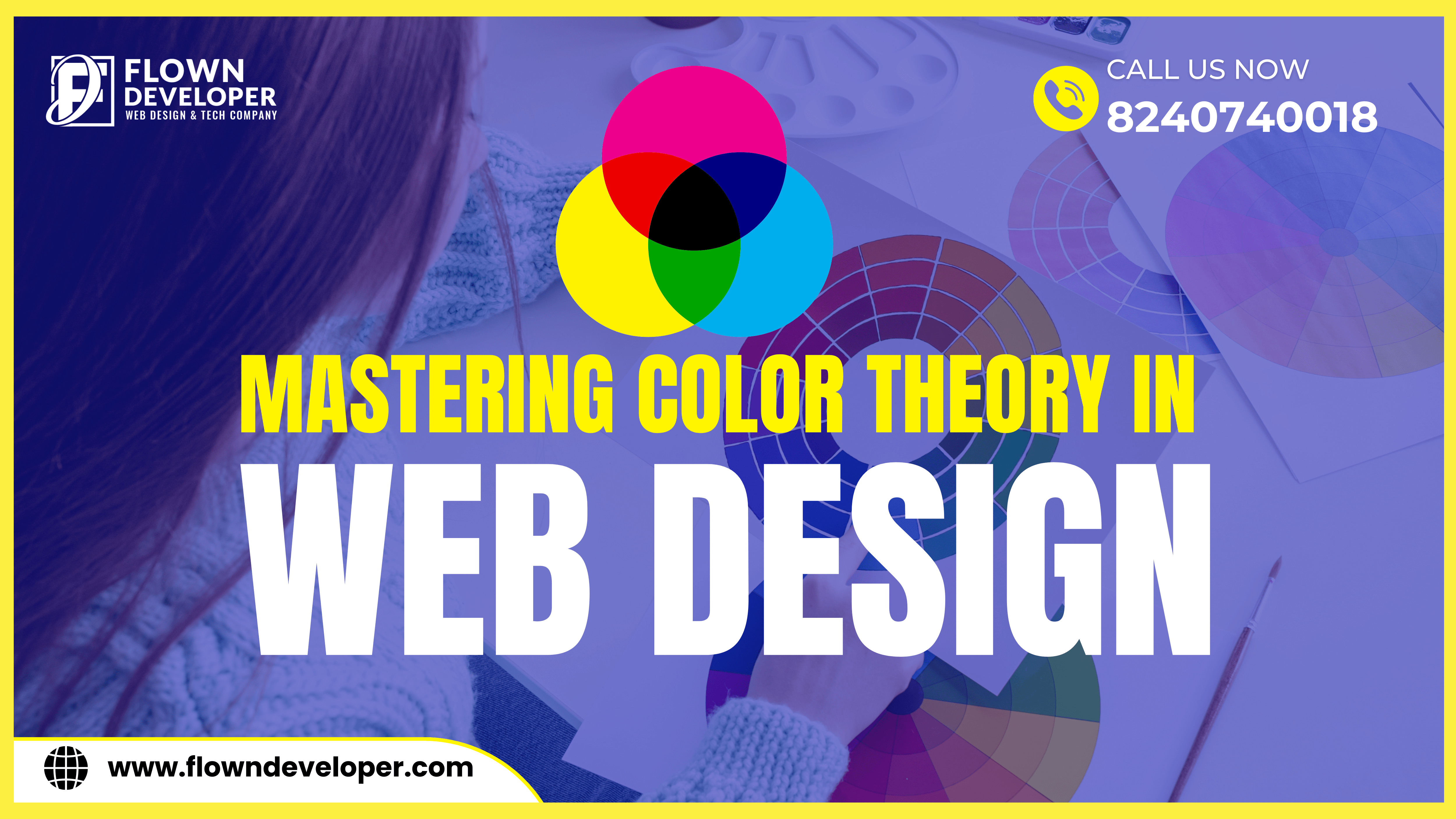
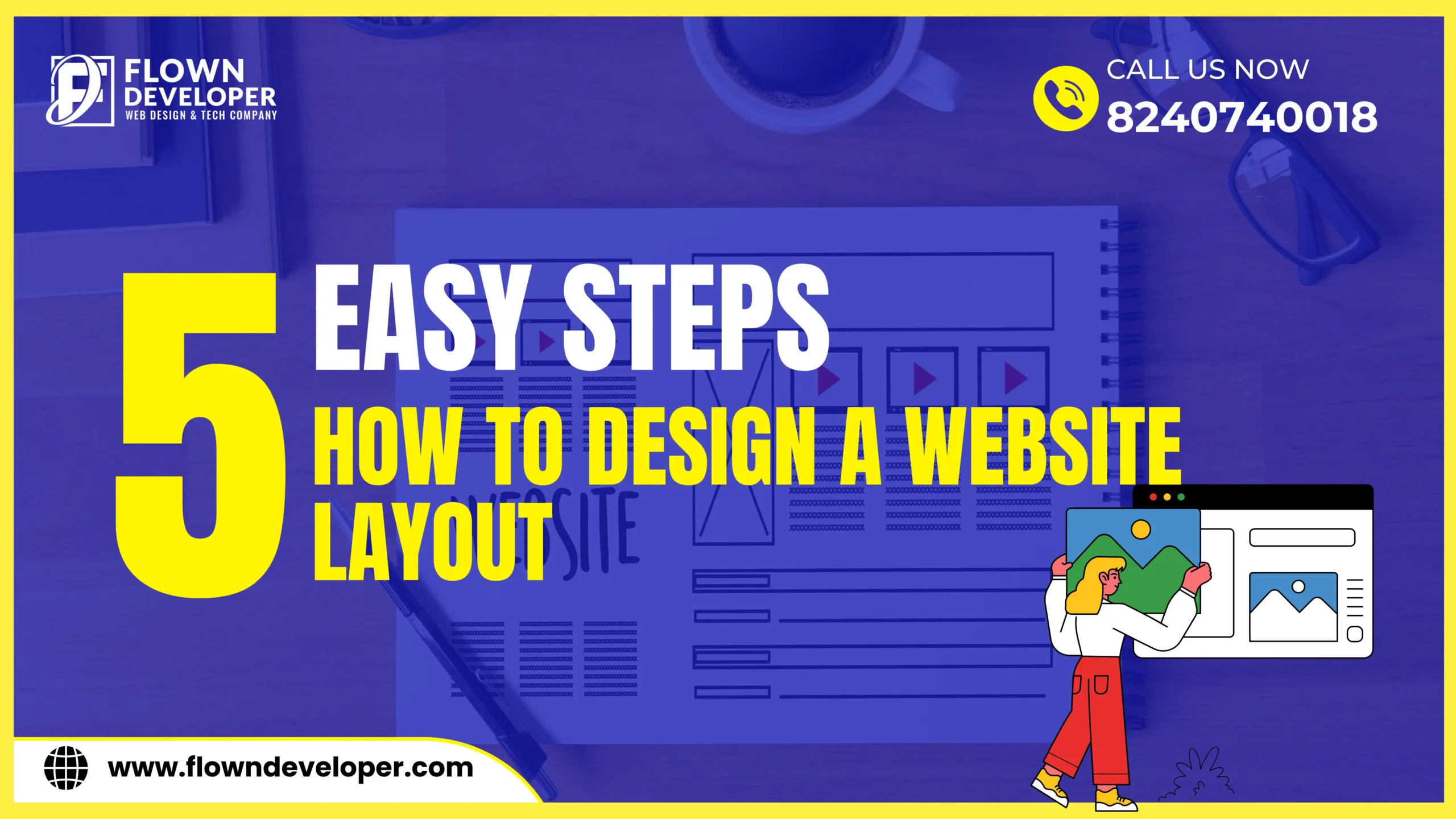
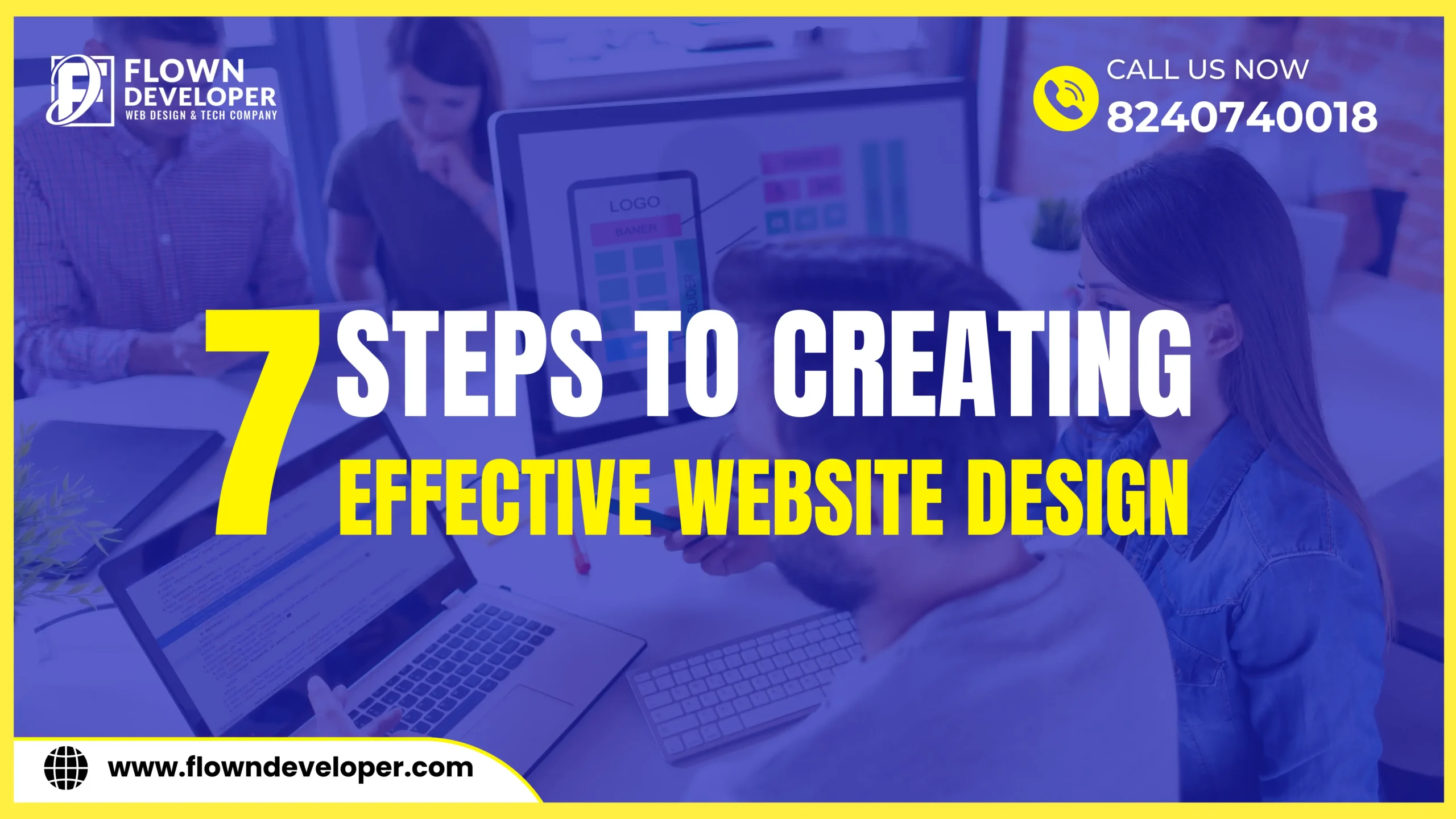

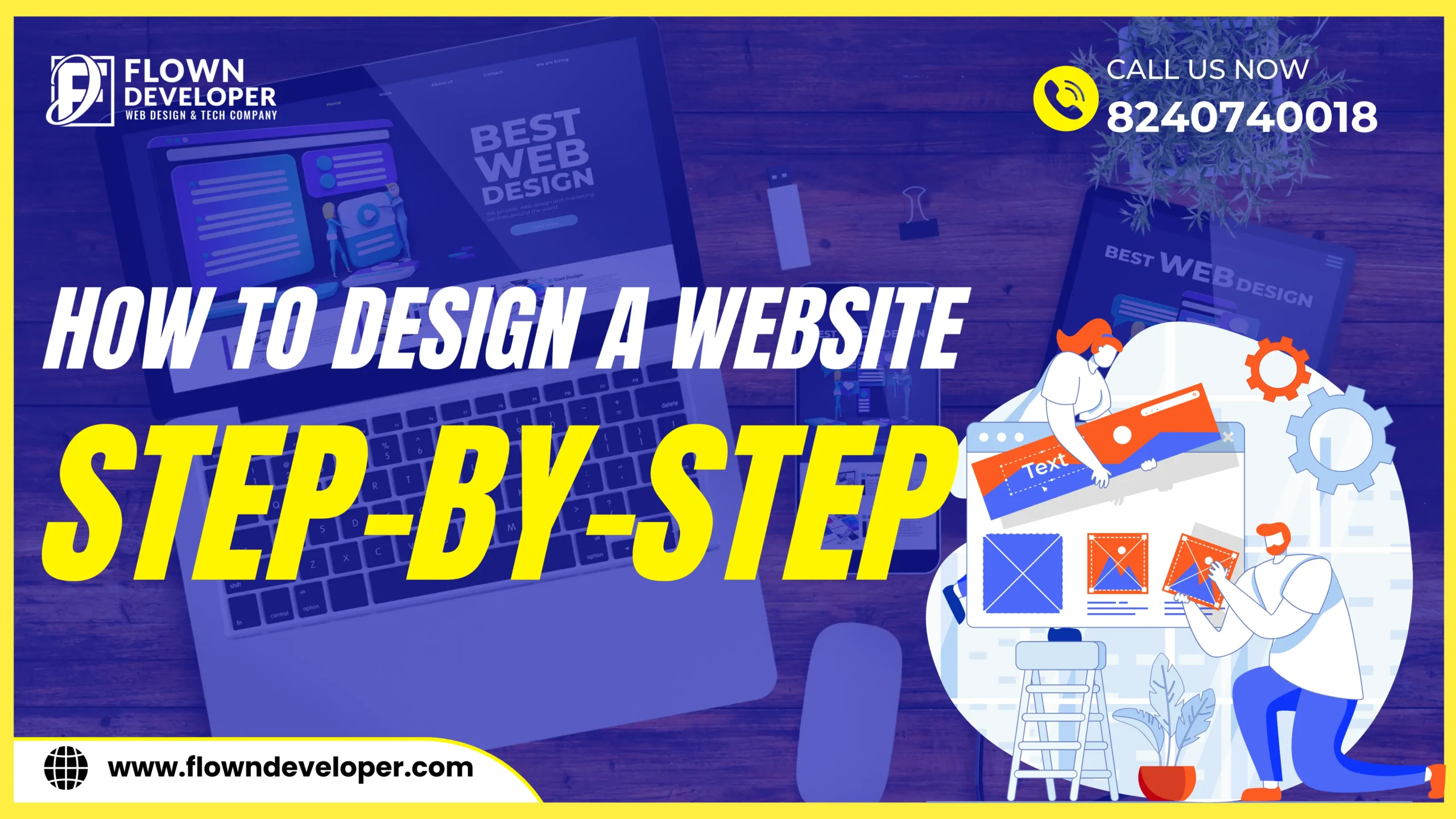
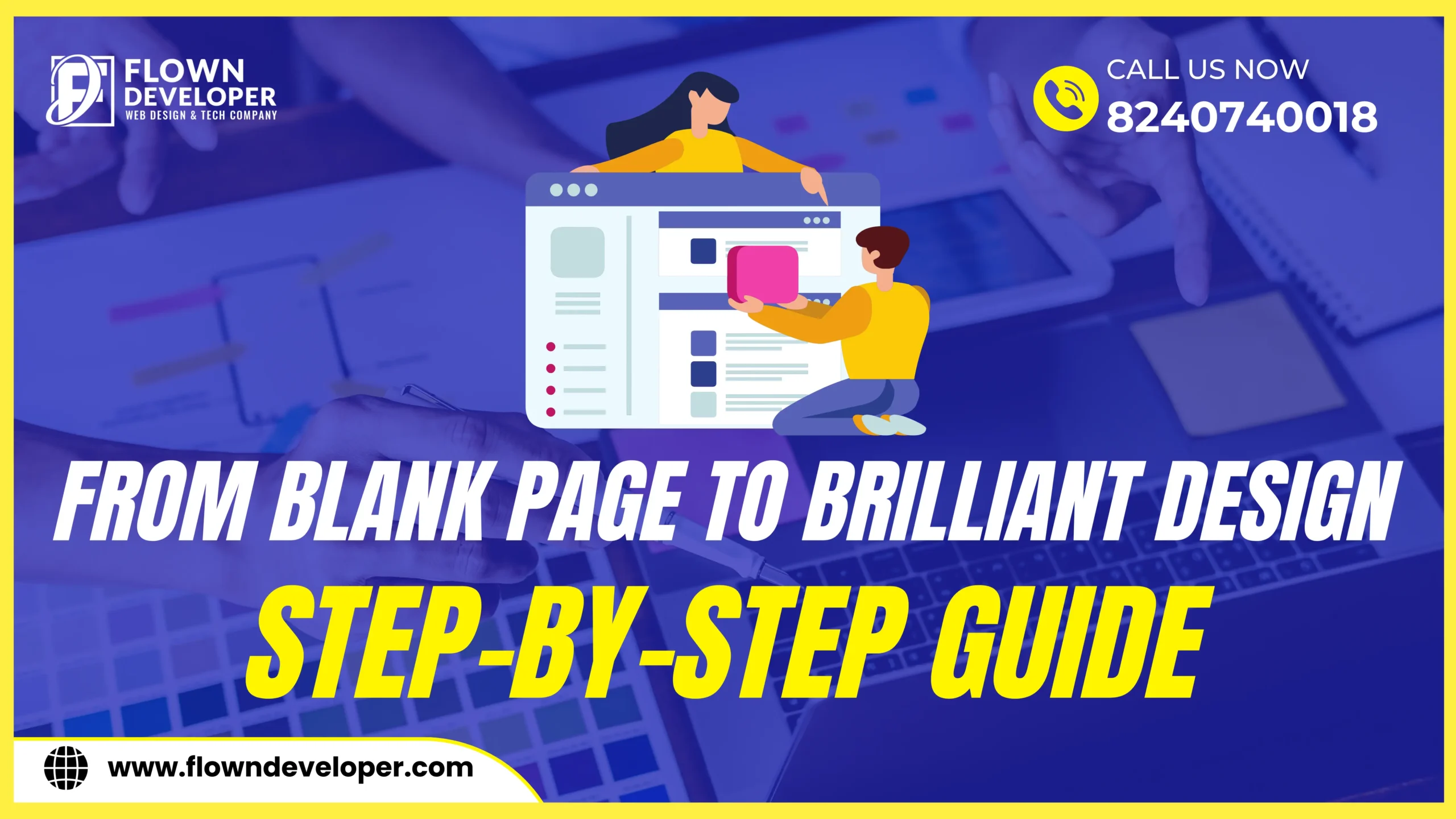
This Post Has 5 Comments
Thanks for sharing. I read many of your blog posts, cool, your blog is very good.
Thank you so much for your kind words and for reading our blog posts! We are thrilled to hear that you enjoy the content. If there are any specific topics or suggestions you would like us to cover in the future, please feel free to let us know. We appreciate your support and look forward to continuing to provide valuable content for our readers!
I’m very grateful to have found this site. very useful and helpful with my career.
Thank you so much for your kind words! We are thrilled to hear that our site has been useful in furthering your career. If you have any suggestions or feedback on how we can improve our services even more, please feel free to reach out to us.
They give good quality work and always willing to work with you.
Comments are closed.